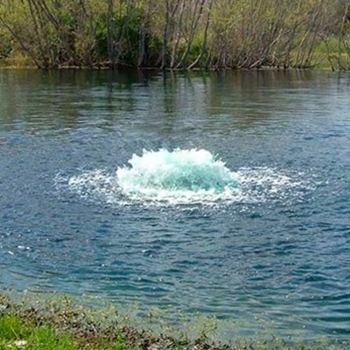Great Lake Restoration Organization
For thousands of years, human settlements were centered around waterbodies. These waterbodies have played an important role in human societies throughout this period. Unfortunately, the natural resources of these areas have been affected by human activities, such as pollution, encroachment or unregulated tourism. These waterbodies could also be a potential source for water pollution.



